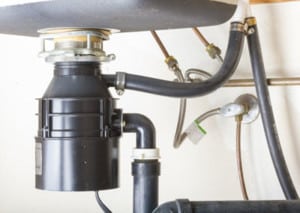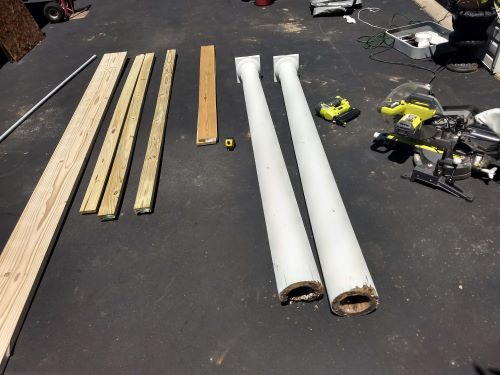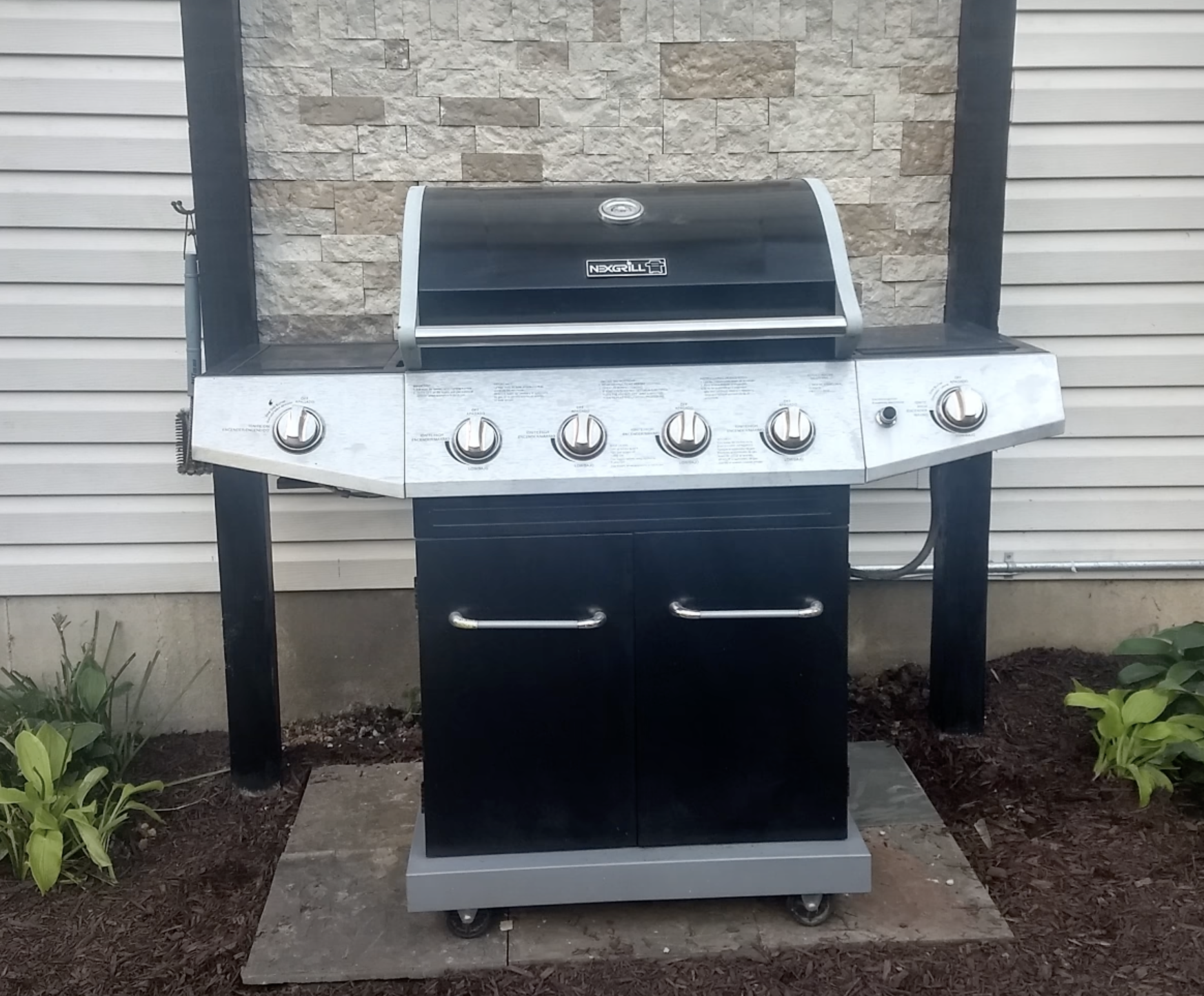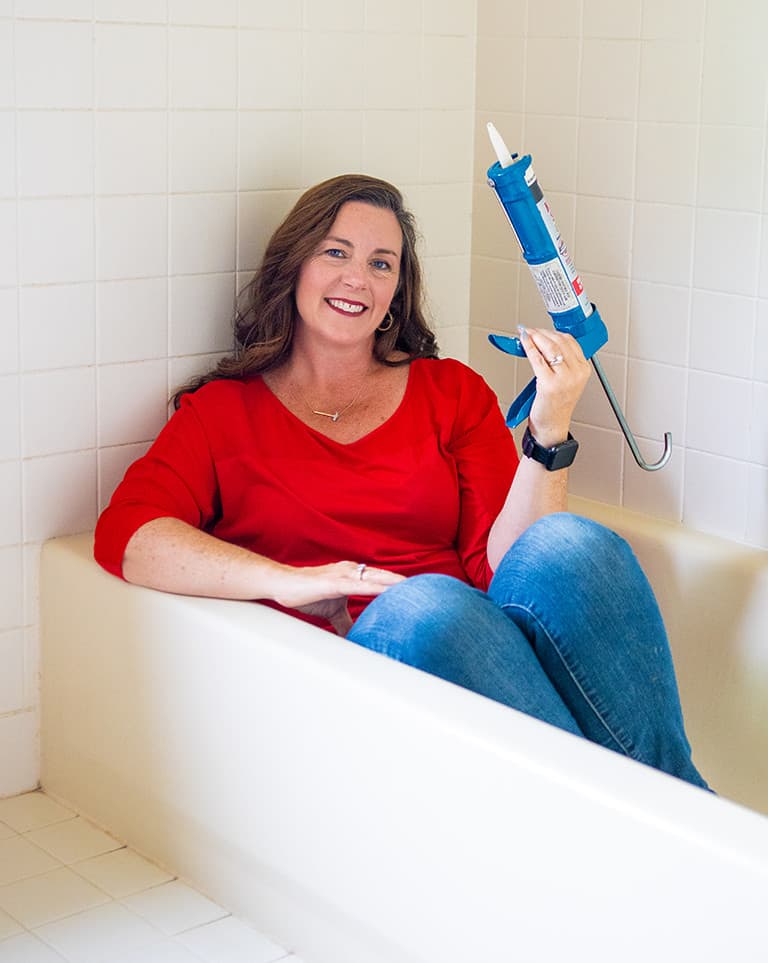Oh My! Why did I get a puppy in the middle of winter? BRRR. Lots of trips in and out to potty train. It’s going well but we are dreading the next few days. I hope she doesn’t have any accidents in our place because she wants to skip the cold! But more importantly I hope you don’t have any incidents because of the cold.
This weekend is bringing frigid temps.Temps that can cause frozen pipes.Northeastern states are expecting Sunday and Monday may be in single digits and teens. So here’s what you gotta do to prevent your pipes from freezing.
Easy peasy stuff that you have to share with the whole family.
Frozen PIPES 101
The Basics
- Pipes are at risk of freezing when temps drop into teens and single digits.
- Pipes in basement, crawl spaces and garages are most at risk of freezing.
- Insulating spaces will help prevent freezing.
- Freezing can happen in both cold or hot pipes but more common in cold water supply lines.
- Frozen pipes can happen in older and newer homes.Prevent frozen pipes
- Keep heat set no less than 55* even when leaving home for travel
- When home, turn water on every 2 hours to keep water moving through pipes. Let it run for a minute or two. Stagnant water freezes faster
- If you are concerned about pipes freezing over night or while you are out, let water trickle from a faucet that is furthest away from the water main. (Please make sure you know where your water main supply valve is)
- Long before the cold hits, consider adding foam pipe insulators to accessible pipes. Cheap and easy to apply, these insulating wraps can really help keep water temps stable.
- If possible add fiberglass insulation to wall or ceiling spaces with pipes running through them.
- Turn off water supply to outside hose bibs and be sure to disconnect hoses from the bib. Drain water from the hose so it doesn’t break. Hoses are not cheap to replace come spring.
Thawing Frozen PIpes
- If pipes have frozen, make sure the faucets in the house are in open position so water can flow out as if thaws. Idea is to prevent a burst pipe as pressure changes with temperatures.
- Use a hair dryer to warm the pipe by gently moving it back and forth along the pipe. A medium to high setting will do. Place a cookie sheet behind the pipe as you warm it to help deflect heat and thaw faster.
- Make sure your have access to water main in case a pipe bursts and you need to stop all flow of water. Major flood can ensue if you cannot turn off water.









